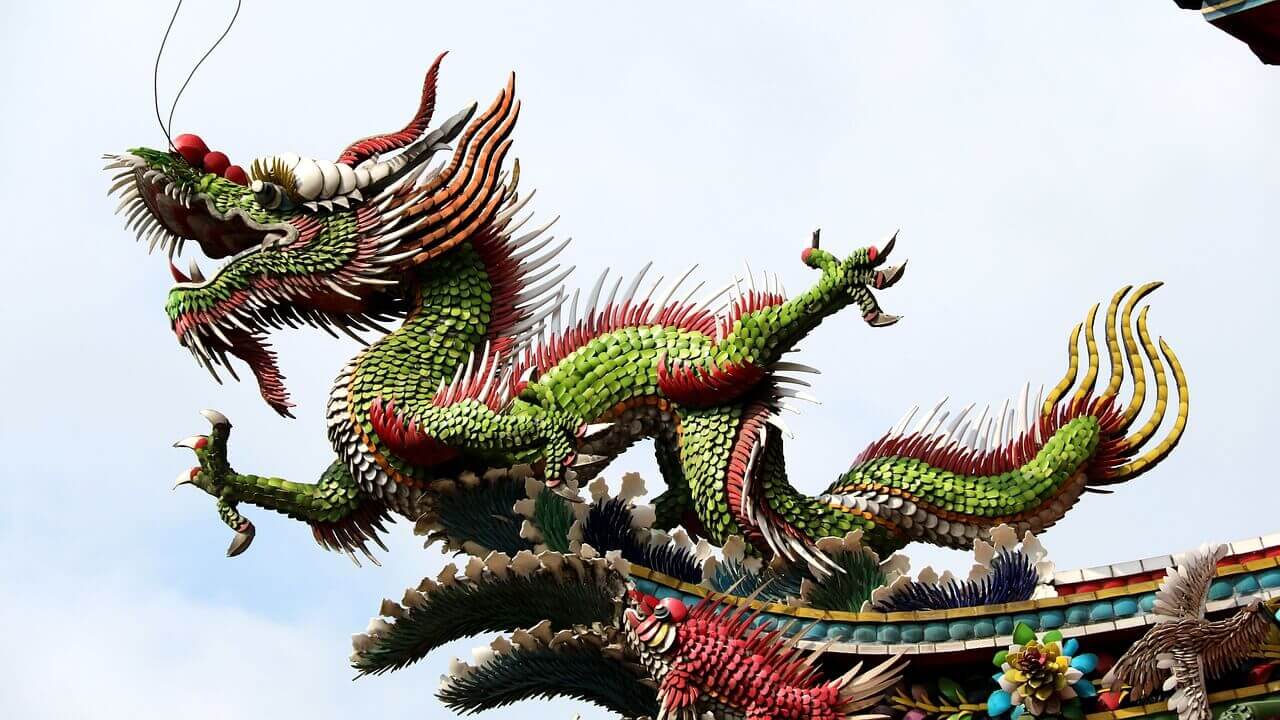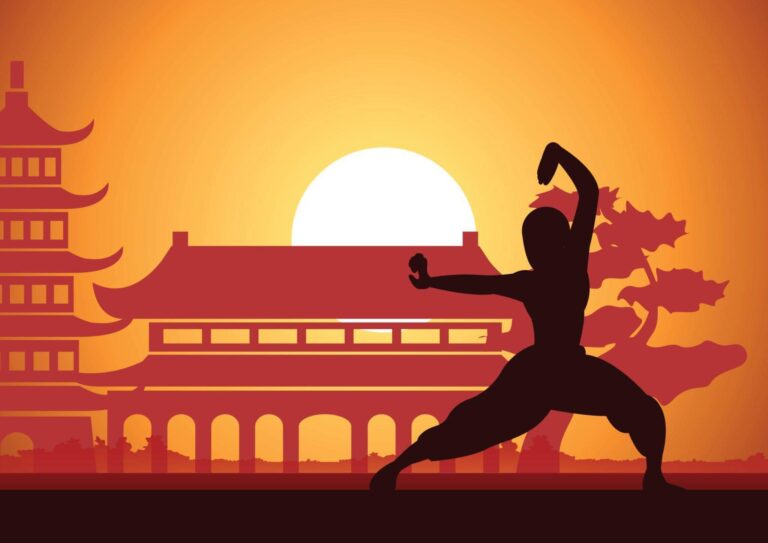List of Contents
The Chinese dragon is a powerful and revered symbol in Chinese culture, with a rich history dating back thousands of years. In Chinese mythology, dragons are seen as benevolent, wise, and powerful creatures that bring good fortune and prosperity to those who earn their favor. They are often depicted as long, serpentine creatures with scales, four legs, and wings, and are said to have the ability to control the elements and bring rain to parched lands.
The mythology of the Chinese dragon
In Chinese folklore, the dragon is a central figure, revered for its wisdom, power, and good fortune. It is said to be able to communicate with humans and is often depicted as being intelligent and well-spoken. Chinese dragons are also associated with the elements and are said to have the power to control the weather, particularly the rain.
The symbolism of the Chinese dragon
The Chinese dragon is a symbol with a rich history and deep cultural significance in Chinese society. It is a mythical creature that has long been revered as a symbol of strength, power, wisdom, and good fortune.
One of the most prominent symbols associated with the Chinese dragon is that of royalty and imperial power. In ancient China, the dragon was believed to be the personal symbol of the Emperor and was used to represent his authority and strength, and is often depicted on royal robes, thrones, and other symbols of power. This association with the imperial court has carried on into modern times, and the dragon is still often used to symbolize power and authority in Chinese culture.
The Chinese dragon is also a symbol of good fortune and prosperity. It is believed that the dragon has the ability to bring rain, which is essential for the growth of crops and the prosperity of the land. As such, the dragon is seen as a benevolent and generous creature that brings prosperity to those it favors.
In addition to these more concrete associations, the Chinese dragon is also a symbol of courage, strength, and determination. It is believed that the dragon is a powerful and formidable creature that is not to be underestimated. As such, it is often seen as a symbol of strength and determination, inspiring people to persevere in the face of adversity.
Role of the Chinese dragon in modern society
Despite its ancient origins, the Chinese dragon remains an important and enduring symbol in modern Chinese culture.
One of the most well-known uses of the Chinese dragon in modern society is in the annual Chinese New Year celebrations. During the New Year, dragon dances are a common sight, with performers dressed in elaborate dragon costumes parading through the streets to the beat of drums and gongs. These performances are believed to bring good luck and prosperity to the community.
The Chinese dragon is also a popular motif in art and design. It can be found in everything from clothing and accessories to home decor and architecture. The dragon is often depicted in a stylized form, with a long, serpentine body, four legs, and prominent scales.
In addition to its cultural and artistic significance, the Chinese dragon is also a popular symbol in business and branding. Many Chinese companies and organizations use the dragon as a logo or mascot to represent strength, power, and good fortune.
Overall, the Chinese dragon is an enduring symbol in modern Chinese society and continues to be revered and celebrated in a variety of cultural and artistic contexts. Whether in the form of dragon dances, art, design, or business branding, the Chinese dragon is a powerful and enduring symbol of Chinese culture and tradition.
A few key differences between Chinese dragons and Western dragons:
1. Appearance: Chinese dragons are typically depicted as long, serpentine creatures with four legs and wings, while Western dragons are often depicted as large, reptilian creatures with four legs and wings.
2. Personality: Chinese dragons are generally seen as benevolent, wise, and powerful creatures that bring good fortune and prosperity to those who earn their favor. Western dragons, on the other hand, are often depicted as evil and greedy, hoarding treasure and breathing fire.
3. Cultural significance: In Chinese culture, the dragon is a revered and powerful symbol, associated with wisdom, strength, and good fortune. In Western culture, dragons are often depicted as fearsome monsters to be defeated by heroes.
4. Role in mythology: Chinese dragons are central figures in Chinese mythology and folklore, while Western dragons have a more peripheral role in Western mythology and folklore.
The enduring legacy of the Chinese dragon
The Chinese dragon is a powerful and revered symbol in Chinese culture, with a rich history and mythology that spans thousands of years. It is a symbol of strength, wisdom, and good fortune, and has played a significant role in Chinese art, literature, and folklore. Despite its ancient origins, the Chinese dragon continues to be an important and enduring symbol in modern Chinese culture and is sure to remain a fascinating and enduring part of Chinese society for generations to come.







